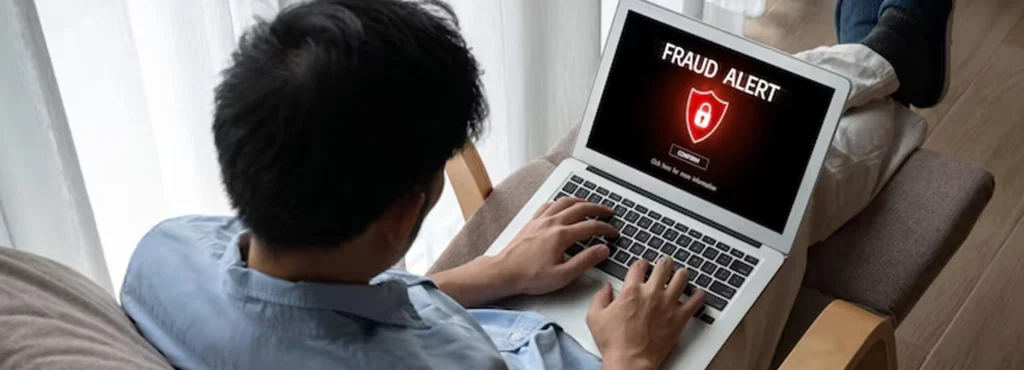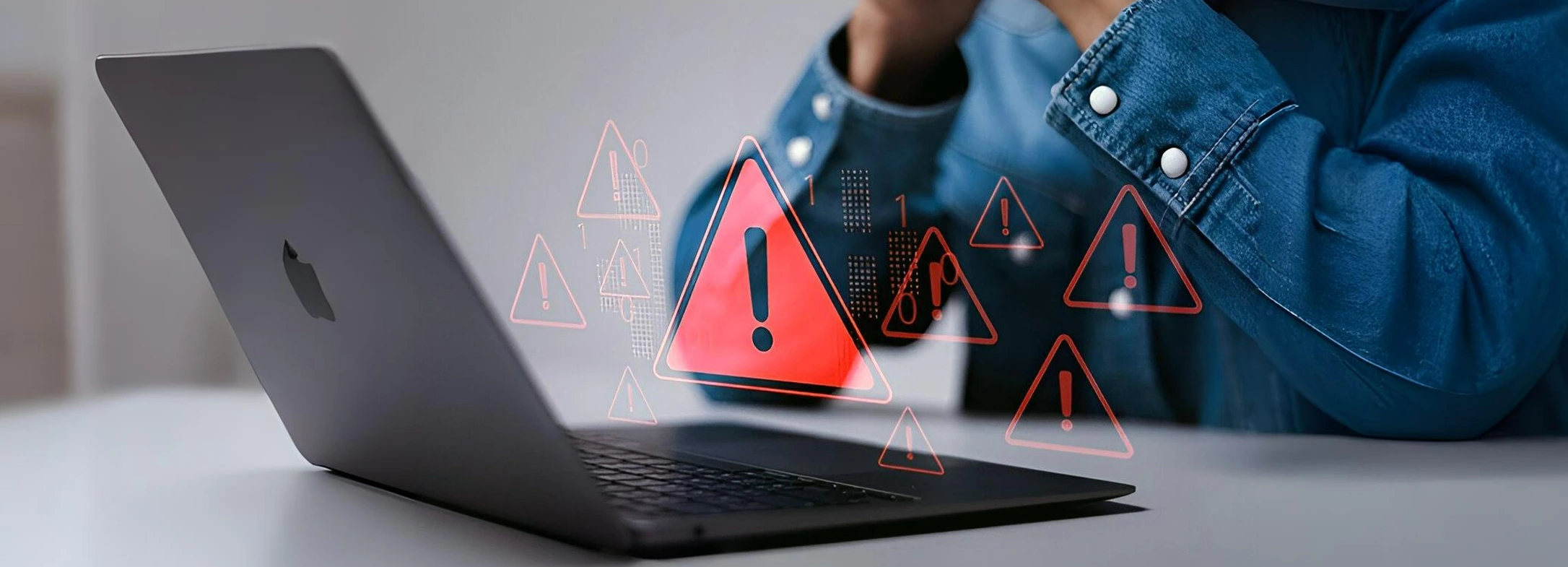If you are using the latest Microsoft 2025 system, you are probably enjoying its sleek updates and performance boosts. But here’s a question worth asking—is your Microsoft 2025 system safe from Lumma Malware?
As cyber threats grow more advanced every day, this sneaky malware is making headlines. Whether you are a casual user or someone running a business, it’s important to know what Lumma Malware is, how it works, and how to keep your devices protected.
What is Lumma Malware?
You could call Lumma Malware a spy—it collects your private data without you knowing. That means it’s designed to steal information—like your passwords, browser data, saved logins, and even credit card information. This malware works in the background without setting off any alarms. Once it gets in, it sends your data to hackers who can sell it on the dark web or use it for identity theft.
READ MORE: Microsoft leads global action against favored Cybercrime Tool
What’s scary about Lumma is how smart and fast it is. It updates often, using new techniques to avoid detection. And yes, it’s already been spotted targeting Microsoft 2025 systems.
Why Microsoft 2025 Users Should Care?
You might think, “I have the latest Microsoft version; I should be safe, right?” Not entirely.
While Microsoft 2025 does come with new security layers and features, malware like Lumma evolves to break through those defenses. In fact, hackers often target new systems because users haven’t fully optimized their settings or installed essential security tools.

Also, Microsoft systems are the most commonly used operating systems globally—making them an easy target for mass malware attacks.That’s why knowing the risks and staying ahead of them is so important.
How Lumma Malware Spreads?
So how does this little troublemaker get into your system? Let’s break it down:
- Fake software updates: You might see a pop-up prompting you to update a program. If it’s fake, it could install Lumma instead.
- Email attachments: A common trick. One click on what seems like a safe attachment, and your system’s compromised.
- Free Cracked apps or games: They often come loaded with hidden malware.
- Infected websites: Simply visiting the wrong website can trigger a drive-by download.
In all these cases, the malware is sneaky. It doesn’t alert you with flashy pop-ups or slowdown. It just quietly steals your data.
READ ALSO: Bill Gates Latest Investment Moves in 2025: What You Need to Know
Signs Your System Might Be Infected
Lumma Malware is stealthy, but it’s not invisible. Here are a few warning signs:
- Unusual browser activity: Like redirects or unfamiliar toolbars/extensions.
- Slow performance: Your system may lag, even if you’re not running heavy programs.
- Disabled antivirus: If your antivirus is suddenly turned off or unable to update, it might be malware’s doing.
- Password issues: You’re getting alerts that your accounts were accessed from unknown devices or locations.
If you notice even one of these, it’s time to take a closer look at your system.
How to Protect Your Microsoft 2025 System?
Here comes the good part—prevention. If you’re running Microsoft 2025, there are several ways to keep your system safe from Lumma Malware:
- Keep Windows Updated: Make sure all updates are installed, especially the security ones.
- Use strong antivirus software: Go beyond the basics. Choose a premium option that’s known for malware detection.
- Use Microsoft Defender: It’s free, built-in, and improving all the time.
- Be careful with downloads: Only get software from official websites or trusted stores.
- Avoid pirated content: It’s not just illegal, it’s risky.
Backup your data: In case something goes wrong, it’s good to have a clean version of your files.
READ ALSO: Top Drupal Modules to Enhance Your Website’s Functionality
Tools and Best Practices
Here are a few smart ways to improve your online security:
Recommended Tools:
- Malwarebytes – Great for scanning and removing malware.
- Bitdefender – Known for real-time protection.
- NordVPN or ExpressVPN – help you keep your internet use hidden and secure.
- LastPass or 1Password – Helps you manage strong, unique passwords.
Best Practices:
- Don’t click on email links unless you’re sure they’re safe.
- Set up two-factor authentication (2FA) for your accounts.
- Regularly check for odd behavior on your devices.
- Educate everyone who uses your system—family, employees, anyone.
Remember, most malware attacks happen because someone accidentally opens the door for them. Lock it tight with these habits.
Final Takeaway
So, is your Microsoft 2025 system safe from Lumma Malware? The honest answer—it depends on how well you’ve secured it. Lumma is a powerful threat, but with the right tools and smart habits, you can stay one step ahead.
Cybersecurity isn’t just for tech experts anymore. It’s for everyone who checks emails, shops online, or logs into accounts. And that includes you. So, take the time to review your settings, install protection tools, and stay cautious. Online safety is something you shouldn’t ignore. At Virtual Oplossing, we’re committed to helping individuals and businesses stay safe with smart digital solutions that protect what matters most in today’s connected world.
FAQ’s
1. What is Lumma Malware and why is it dangerous?
Lumma Malware is a type of infostealer that secretly collects sensitive data like passwords, credit card details, and saved browser information. It’s dangerous because it runs quietly in the background and can bypass basic antivirus tools.
2. Can Microsoft 2025’s built-in security stop Lumma Malware?
Microsoft 2025 has improved security, but no system is completely immune. Lumma Malware evolves fast, and without extra layers of protection like strong antivirus software and safe browsing habits, your system can still be vulnerable.
3. How can I check if my system is already infected by Lumma Malware?
If your device feels slow, your browser is weird, or your security app stops working, something might be wrong. Running a deep scan with advanced tools like Malwarebytes or Bitdefender is a good starting point.
4. What should I do if I suspect Lumma Malware on my PC?
Immediately disconnect from the internet, run a full malware scan using reliable software, change your passwords from a different (clean) device, and back up important files. You may also want to consult a cybersecurity expert if required.
5. Is Lumma Malware only targeting Microsoft 2025 systems?
No, Lumma Malware targets various operating systems, but newer versions like Microsoft 2025 are prime targets because attackers want to exploit gaps before users optimize security settings.
Copyright: All rights reserved. Unauthorized reproduction or distribution of any content on this site is prohibited. For permissions, please contact info@virtualoplossing.com.

